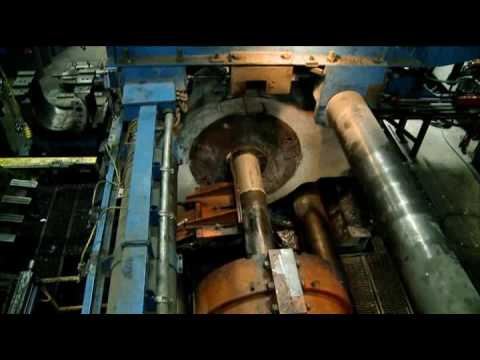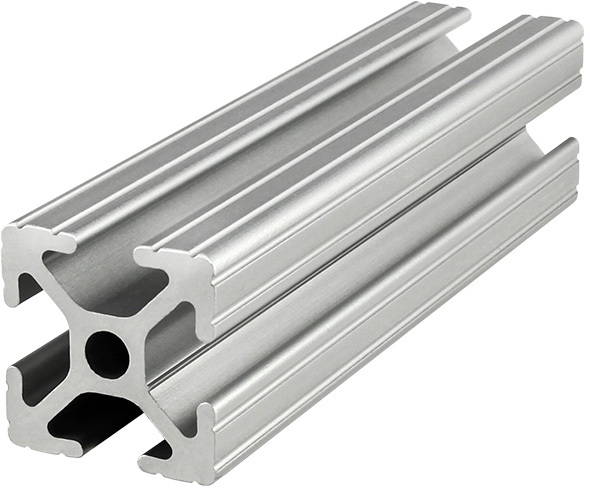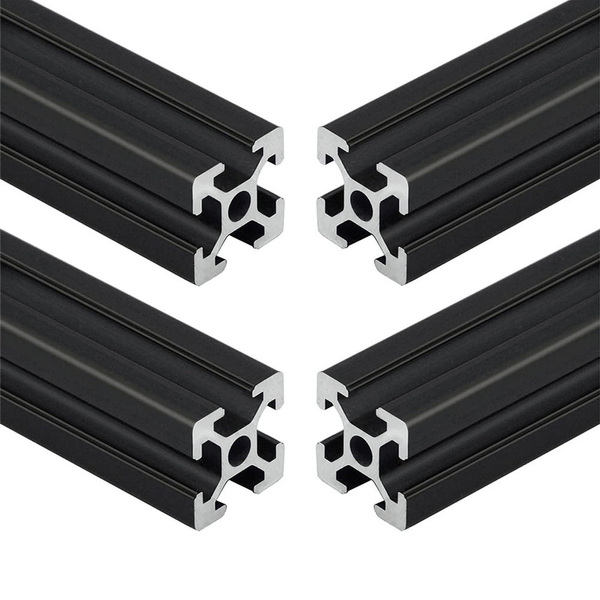Content Menu
● The Basics of Aluminum Extrusion
>> Aluminum Extrusion Process
● Factors Influencing Aluminum Extrusion Cost
● Understanding Pricing Structures
● The Role of Design Complexity
>> Examples of Complex Designs
● Market Trends Affecting Aluminum Prices
● Innovations in Aluminum Extrusion Technology
● Environmental Considerations
● Conclusion
● Frequently Asked Questions
>> 1. What are the main factors affecting aluminum extrusion pricing?
>> 2. How does production volume impact extrusion costs?
>> 3. Why are tooling costs significant in aluminum extrusion?
>> 4. How do labor shortages affect aluminum extrusion prices?
>> 5. What additional processes might increase the cost of aluminum extrusions?
Aluminum extrusion is a widely used manufacturing process that shapes aluminum into specific profiles by forcing it through a die. While this method offers numerous advantages, such as lightweight structures and high strength-to-weight ratios, the cost of aluminum extrusion can be surprisingly high. Understanding the factors that contribute to these costs is essential for businesses looking to utilize aluminum extrusions in their products.

The Basics of Aluminum Extrusion
Aluminum extrusion involves several steps that begin with heating an aluminum billet to make it malleable. This billet is then pushed through a die, which shapes the aluminum into the desired profile. The process can be likened to squeezing toothpaste from a tube: the shape of the die determines the final form of the extruded aluminum.
Aluminum Extrusion Process
The extrusion process can be broken down into ten key steps:
1. Preparation of the Die: The die is preheated to ensure optimal metal flow.
2. Preheating the Billet: The aluminum billet is heated to a temperature that makes it soft enough for extrusion.
3. Extrusion: The heated billet is pushed through the die using a powerful ram.
4. Cooling: After emerging from the die, the extruded material is cooled.
5. Cutting: The extruded profiles are cut to specified lengths.
6. Stretching: To correct any twisting, the profiles are stretched.
7. Finishing: Additional processes, such as anodizing or painting, may be applied.
Factors Influencing Aluminum Extrusion Cost
The cost of aluminum extrusion is influenced by various factors, including:
- Raw Material Prices: Aluminum prices fluctuate based on global demand, political events, and market conditions. As raw materials account for a significant portion of production costs, any changes in aluminum prices directly affect extrusion costs.
- Tooling Costs: The creation of custom dies for specific profiles can be expensive. Tooling costs typically range from $400 to $2,000 depending on complexity and size.
- Production Volume: Larger production runs can reduce per-unit costs since the fixed costs of tooling and setup are spread over more units. Conversely, small runs tend to have higher per-unit costs.
- Labor Costs: Skilled labor is required for both the extrusion process and any secondary operations (like machining or finishing). Labor shortages can lead to increased wages and operational inefficiencies, further driving up costs.
- Shipping and Logistics: Transportation costs have risen significantly due to supply chain disruptions and increased demand for shipping services. These costs are often passed on to customers.
- Secondary Operations: Additional processes such as machining, anodizing, or painting add to the overall cost. Each operation requires specialized equipment and skilled labor.
Understanding Pricing Structures
To better understand how these factors influence pricing, consider the following breakdown:
| Factor | Description |
| Raw Material Costs | Fluctuations in aluminum prices can cause significant variations in overall costs. |
| Tooling Costs | Custom dies can range from $400 to $2,000 based on complexity; this is a fixed cost per order. |
| Production Volume | Larger quantities reduce per-unit costs due to shared setup expenses. |
| Labor Costs | Skilled labor shortages can increase wage demands and operational inefficiencies. |
| Shipping Costs | Rising logistics expenses affect overall pricing structures significantly. |
| Secondary Operations | Additional processing like machining or anodizing incurs extra charges per unit produced. |
The Role of Design Complexity
The complexity of an aluminum profile also plays a crucial role in determining its cost. More intricate designs require specialized tooling and longer production times, which can significantly increase expenses. Simple shapes may be produced more efficiently and at lower costs.
Examples of Complex Designs
Complex designs often include features such as:
- Hollow Sections: Profiles that require internal cavities may need more intricate dies.
- Curved Shapes: Designing curves into profiles can complicate die design and increase production time.
- Integrated Features: Profiles that incorporate features like grooves or channels require additional design considerations that impact tooling.

Market Trends Affecting Aluminum Prices
In recent years, several market trends have influenced aluminum prices globally:
- Increased Demand for Lightweight Materials: Industries such as automotive and aerospace are increasingly turning to aluminum for its lightweight properties, driving up demand.
- Sustainability Initiatives: As companies seek sustainable materials, recycled aluminum has gained popularity; however, recycling processes can also affect pricing due to supply limitations.
- Global Supply Chain Issues: Events such as geopolitical tensions and natural disasters have disrupted supply chains, leading to increased prices for raw materials including aluminum.
Innovations in Aluminum Extrusion Technology
Advancements in technology are also impacting the cost structure of aluminum extrusion:
- Automation: Increased automation in manufacturing processes helps reduce labor costs and improve efficiency.
- 3D Printing Integration: Some manufacturers are exploring hybrid approaches that combine traditional extrusion with 3D printing techniques to create complex geometries at lower costs.
- Improved Die Design Software: Modern software allows for better design and simulation of dies before production begins, potentially reducing tooling costs by optimizing designs for manufacturability.
Environmental Considerations
The environmental impact of aluminum production cannot be overlooked when discussing costs:
- Energy Consumption: The extrusion process requires significant energy input, contributing to higher operational costs. Manufacturers are increasingly seeking ways to reduce energy consumption through more efficient machinery and processes.
- Recycling Benefits: Aluminum is highly recyclable without loss of quality. Using recycled aluminum can lower production costs significantly compared to using virgin material while also minimizing environmental impact.
Conclusion
In summary, while aluminum extrusion offers many benefits for manufacturing lightweight and durable components, its associated costs can be high due to various factors such as raw material prices, tooling expenses, labor requirements, shipping logistics, design complexity, market trends, technological advancements, and environmental considerations. Companies must carefully consider these aspects when planning their projects involving aluminum extrusions.

Frequently Asked Questions
1. What are the main factors affecting aluminum extrusion pricing?
The main factors include raw material prices, tooling costs for custom dies, production volume, labor costs, shipping expenses, and secondary operation requirements.
2. How does production volume impact extrusion costs?
Larger production volumes generally lower per-unit costs as fixed expenses (like tooling) are distributed over more units; smaller runs incur higher per-unit costs due to these fixed expenses being less spread out.
3. Why are tooling costs significant in aluminum extrusion?
Tooling costs are significant because custom dies must be created for each unique profile; these can range from hundreds to thousands of dollars depending on complexity.
4. How do labor shortages affect aluminum extrusion prices?
Labor shortages can lead to increased wages and reduced operational efficiency as manufacturers struggle to maintain full production shifts; this ultimately raises overall production costs.
5. What additional processes might increase the cost of aluminum extrusions?
Additional processes such as machining, anodizing, painting, or other finishing techniques add extra charges due to increased labor and material requirements associated with these operations.






















